Home>Gardening & Outdoor>Landscaping Ideas>How To Get Rid Of Bees In The Grass
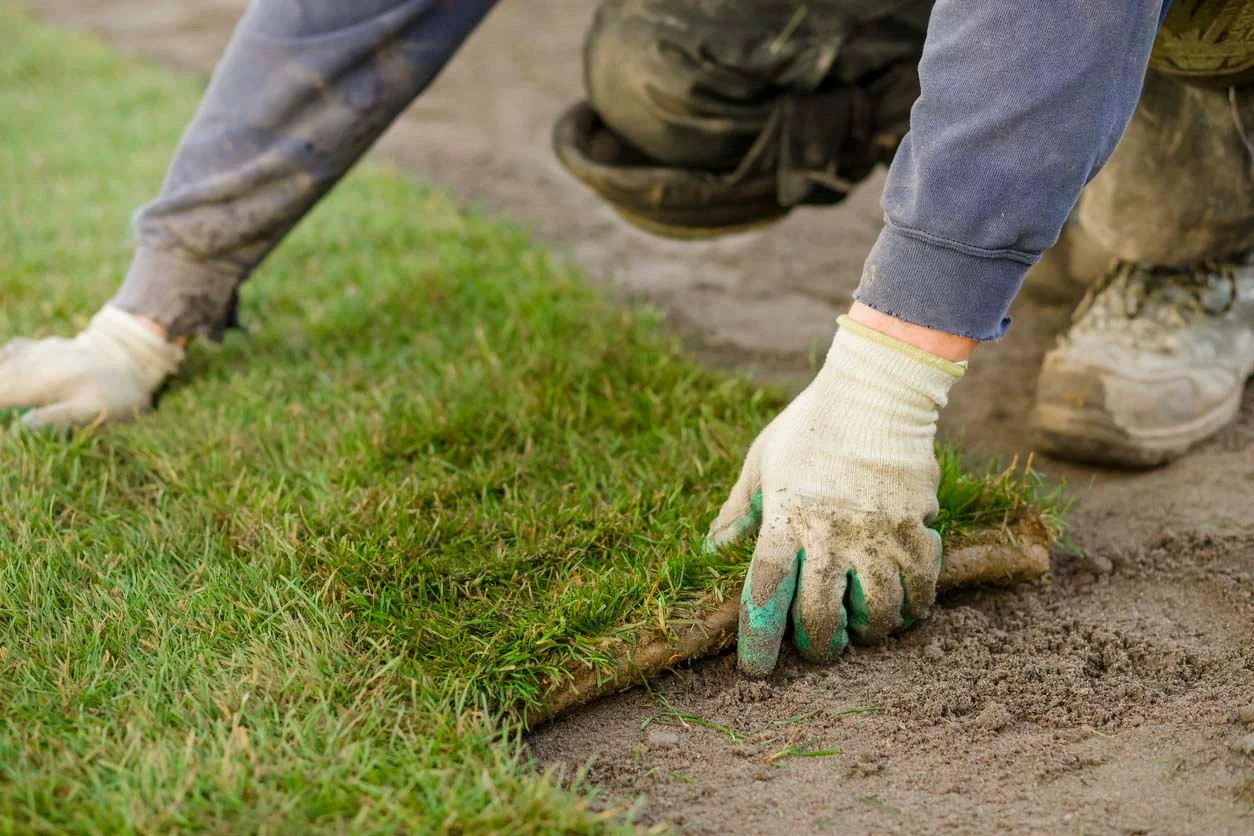

Landscaping Ideas
How To Get Rid Of Bees In The Grass
Published: January 24, 2024
Learn effective landscaping ideas to safely and naturally remove bees from your grass. Discover expert tips for bee control in your outdoor space.
(Many of the links in this article redirect to a specific reviewed product. Your purchase of these products through affiliate links helps to generate commission for Storables.com, at no extra cost. Learn more)
Introduction
Welcome to the great outdoors, where the lush green grass invites you to kick off your shoes and revel in nature’s beauty. However, this idyllic scene can quickly turn into a buzzing nightmare when bees decide to make your grass their home. While bees are essential for pollination and the environment, their presence in your grass can pose a risk, especially if you have young children or pets who enjoy frolicking in the yard. Fear not, as we delve into the world of landscaping and pest control to explore effective methods for handling bees in the grass.
Whether you’re a seasoned gardener or a novice homeowner, dealing with bees in the grass can be a daunting task. It’s essential to strike a balance between preserving the ecosystem and ensuring the safety of your family and pets. In this comprehensive guide, we’ll unravel the nuances of bee control, from understanding the problem to implementing prevention and control measures. Furthermore, we’ll explore natural remedies and professional bee removal services to equip you with the knowledge and tools needed to reclaim your grassy haven.
Join us on this journey as we navigate the fascinating world of landscaping and pest management, arming you with the insights to peacefully coexist with nature while safeguarding your outdoor sanctuary from unwanted bee visitors.
Key Takeaways:
- Embrace natural remedies like citrus scents and cinnamon to deter bees from your grassy haven while respecting their role in the ecosystem.
- Seek professional bee removal services for safe and ethical handling of bee infestations, ensuring the well-being of both bees and your household.
Read more: How To Get Rid Of Bees In Eaves
Understanding the Problem
Before delving into the solutions, it’s crucial to understand the nature of the problem at hand. Bees in the grass can disrupt the tranquility of your outdoor space, posing a potential threat to anyone who ventures into the area. While bees are essential for pollination and the ecosystem, their presence in the grass can lead to stings and anxiety, particularly for those with allergies or a fear of these buzzing insects.
One of the primary concerns when dealing with bees in the grass is the risk of accidental encounters. Children and pets, in particular, may unknowingly disturb the bees while playing, leading to potential stings and distress. Additionally, the presence of bees can limit the use of your outdoor space, resulting in a loss of enjoyment and relaxation in your own backyard.
Furthermore, the aesthetic appeal of your lawn can be compromised by the visible presence of bees and their hives. This can detract from the overall beauty of your landscaping efforts and deter you from fully embracing your outdoor environment. Understanding the implications of bees in the grass is the first step toward finding effective and humane ways to address the issue while maintaining a harmonious relationship with nature.
As we continue our exploration of bee control in landscaping, it’s essential to approach the problem with a balanced perspective, recognizing the value of bees in the ecosystem while seeking practical solutions to mitigate their impact on your grassy haven.
Identifying the Type of Bees
When faced with bees in your grass, it’s important to identify the specific type of bees you are dealing with. Understanding the characteristics and behavior of these insects can guide your approach to bee control and help you make informed decisions about the best course of action.
First and foremost, it’s essential to differentiate between various bee species, as their behavior and nesting habits can vary significantly. Common types of bees that may take up residence in your grass include honey bees, bumblebees, and solitary bees. Each of these species has distinct traits that can aid in their identification and inform your strategy for managing their presence.
- Honey Bees: These bees are known for their organized and social behavior, often forming large colonies with complex hive structures. Honey bees are valuable pollinators and are generally non-aggressive unless their hive is disturbed.
- Bumblebees: Bumblebees are robust, fuzzy insects that are beneficial pollinators. They tend to build their nests in protected underground areas, such as abandoned rodent burrows or dense grassy areas.
- Solitary Bees: Unlike honey bees and bumblebees, solitary bees do not form colonies. Instead, each female bee creates her own nest, often in the ground or in natural cavities. Solitary bees are typically non-aggressive and are valuable pollinators.
By observing the size, coloration, and nesting behaviors of the bees in your grass, you can gain insights into their species and tailor your approach accordingly. It’s important to note that while bees are crucial for ecosystem health, their presence in high-traffic areas of your lawn can pose challenges that require thoughtful consideration and action.
Armed with knowledge about the types of bees that may inhabit your grassy landscape, you can proceed to explore effective prevention and control measures that align with the specific characteristics and behaviors of the bees in question.
Prevention and Control Measures
When it comes to managing bees in the grass, a proactive approach to prevention and control can help maintain a harmonious outdoor environment while safeguarding against potential stings and disruptions. Implementing targeted measures to deter bees from nesting in your grass and addressing existing infestations can significantly mitigate the impact of these buzzing visitors.
1. Maintain Lawn Health: A well-maintained lawn with trimmed grass and minimal thatch provides fewer opportunities for bees to establish nests. Regular mowing and proper lawn care can create an environment that is less conducive to bee habitation.
2. Remove Standing Water: Bees are attracted to sources of water, so eliminating standing water in your yard can discourage their presence. Address any areas of stagnant water, such as birdbaths or puddles, to reduce the appeal of your lawn to bees.
3. Seal Potential Nesting Sites: Inspect your outdoor space for potential nesting sites, such as gaps in the ground, hollow tree trunks, or abandoned animal burrows. Seal off these areas to prevent bees from establishing nests in close proximity to your living areas.
4. Avoid Fragrant Landscaping Plants: While bees are drawn to flowering plants for nectar and pollen, certain fragrant species may attract them in greater numbers. Consider choosing landscaping plants with lower bee-attracting scents to minimize bee activity in your immediate surroundings.
5. Use Bee-Repelling Scents: Some scents, such as peppermint or eucalyptus, are known to repel bees. Consider using natural repellents or essential oils in your outdoor space to discourage bees from congregating in the grassy areas where you spend time.
6. Professional Inspection and Consultation: If you suspect a significant bee presence in your lawn, seeking professional inspection and consultation can provide valuable insights and tailored recommendations for bee control. Pest control experts can assess the situation and offer targeted solutions to address the specific bee species and nesting behaviors present.
By implementing these prevention and control measures, you can create an environment that is less appealing to bees while maintaining the natural beauty of your outdoor space. These proactive steps can help reduce the likelihood of bee encounters and provide a more enjoyable outdoor experience for you and your family.
To get rid of bees in the grass, try sprinkling a mixture of equal parts water and dish soap on the affected area. This will suffocate the bees and discourage them from returning.
Natural Remedies for Bee Control
For those seeking eco-friendly and natural approaches to managing bees in the grass, several remedies harness the power of natural scents and substances to deter bees while minimizing harm to the environment. These natural remedies offer practical and sustainable solutions for mitigating bee activity in your outdoor space.
1. Citrus-Based Solutions: The strong scent of citrus, such as lemon or orange, can deter bees from congregating in specific areas. Consider using diluted citrus essential oils or placing citrus peels strategically in your yard to discourage bee activity in the grass.
2. Vinegar Spray: A solution of water and white vinegar can be sprayed in targeted areas of the lawn to deter bees. The strong scent of vinegar can disrupt the bees’ olfactory senses, encouraging them to seek alternative foraging and nesting locations.
3. Cinnamon Powder: Sprinkling cinnamon powder in areas where bees are active can act as a natural deterrent. Bees are sensitive to strong scents, and the aroma of cinnamon may discourage them from lingering in the grassy areas of your yard.
4. Planting Bee-Repelling Herbs: Certain herbs, such as mint, basil, and lemongrass, are known for their ability to repel bees due to their strong scents. Incorporating these herbs into your landscaping can help create a natural barrier against bee activity near your living spaces.
5. Use of Smoke: The controlled use of smoke, such as from a smudge pot or a bee smoker, can temporarily disperse bees from specific areas. This method can be particularly useful when addressing bees near outdoor gathering spaces or high-traffic areas of the lawn.
6. Natural Bee Traps: Constructing simple bee traps using sugary bait and a container can help capture and relocate bees without causing harm. Placing these traps strategically in the yard can reduce bee activity while promoting their safe removal from your immediate vicinity.
By incorporating these natural remedies into your bee control strategy, you can take proactive steps to minimize bee presence in your grassy outdoor areas while respecting the delicate balance of the ecosystem. These natural approaches offer sustainable and environmentally conscious solutions for managing bees in your yard, allowing you to coexist peacefully with these vital pollinators while safeguarding your outdoor sanctuary.
Read more: How To Get Rid Of Bees On Porch
Professional Bee Removal Services
When faced with a significant bee infestation in your grass or outdoor living spaces, enlisting the expertise of professional bee removal services can provide a safe and effective solution. These professionals possess the knowledge, experience, and specialized equipment necessary to address bee colonies and nests while ensuring the well-being of both the bees and your household.
1. Inspection and Assessment: Professional bee removal services begin with a thorough inspection of your property to identify the extent of the bee infestation and the specific species involved. This assessment allows the experts to tailor their approach and develop a targeted removal strategy.
2. Humane Bee Removal: Ethical bee removal services prioritize the humane relocation of bees whenever possible. Rather than exterminating the bees, these professionals employ methods to safely capture and relocate the colonies to more suitable environments, preserving the vital role of bees in pollination and ecosystem health.
3. Protective Measures: Bee removal experts utilize protective gear and specialized equipment to ensure the safety of both the occupants and the bees during the removal process. This approach minimizes the risk of bee stings and provides a secure environment for addressing the infestation.
4. Nest Removal and Prevention: In addition to bee relocation, professional services can remove existing nests and implement preventive measures to deter future bee infestations. This comprehensive approach addresses the root cause of the issue and helps safeguard your outdoor spaces from recurring bee activity.
5. Consultation and Recommendations: Beyond the removal process, bee removal services often offer valuable insights and recommendations for preventing future bee-related challenges. This guidance may include landscaping modifications, habitat alterations, and ongoing maintenance practices to minimize the likelihood of bee reinfestation.
By engaging professional bee removal services, you can entrust the resolution of bee infestations in your grassy areas to skilled and knowledgeable experts. Their expertise, ethical practices, and commitment to preserving the well-being of both bees and humans can provide peace of mind as you reclaim your outdoor sanctuary from unwanted bee visitors.
Conclusion
As we conclude our exploration of managing bees in the grass, it’s essential to approach the issue with a balanced perspective that respects the vital role of bees in the ecosystem while prioritizing the safety and enjoyment of your outdoor spaces. The presence of bees in your grassy areas can pose challenges, but with the right knowledge and strategies, you can coexist harmoniously with these important pollinators while maintaining a tranquil outdoor environment.
Understanding the specific type of bees inhabiting your grass is the first step toward implementing targeted prevention and control measures. By identifying the species and their nesting behaviors, you can tailor your approach to address the unique characteristics of the bees in question, promoting effective and sustainable solutions.
From natural remedies that harness the power of scents and substances to deter bees to the expertise of professional bee removal services, a range of options is available to manage bee activity in your outdoor spaces. These approaches prioritize the well-being of both the bees and your household, offering ethical and effective solutions for addressing bee infestations in the grass.
Ultimately, the goal is to create an outdoor sanctuary where you can relax, play, and connect with nature without the stress of unwanted bee encounters. By implementing proactive measures, seeking professional guidance when needed, and embracing natural remedies, you can reclaim your grassy haven and enjoy the beauty of your outdoor landscape with peace of mind.
As you navigate the world of landscaping and pest management, remember that bees, while occasionally disruptive, are essential contributors to the natural world. By fostering a respectful coexistence with these remarkable insects, you can cultivate a thriving outdoor environment that celebrates the intricate balance of nature.
With a blend of knowledge, compassion, and practical solutions, you can transform your grassy spaces into a welcoming haven for both your family and the invaluable pollinators that enrich the tapestry of your outdoor landscape.
Frequently Asked Questions about How To Get Rid Of Bees In The Grass
Was this page helpful?
At Storables.com, we guarantee accurate and reliable information. Our content, validated by Expert Board Contributors, is crafted following stringent Editorial Policies. We're committed to providing you with well-researched, expert-backed insights for all your informational needs.
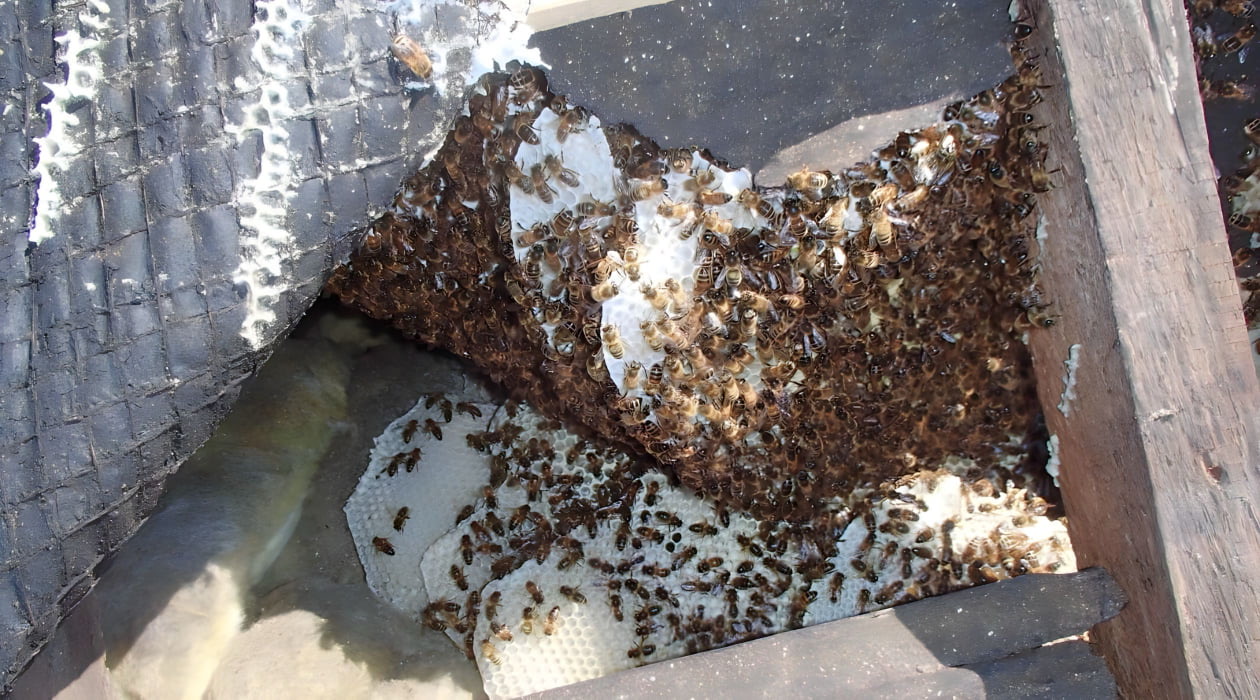
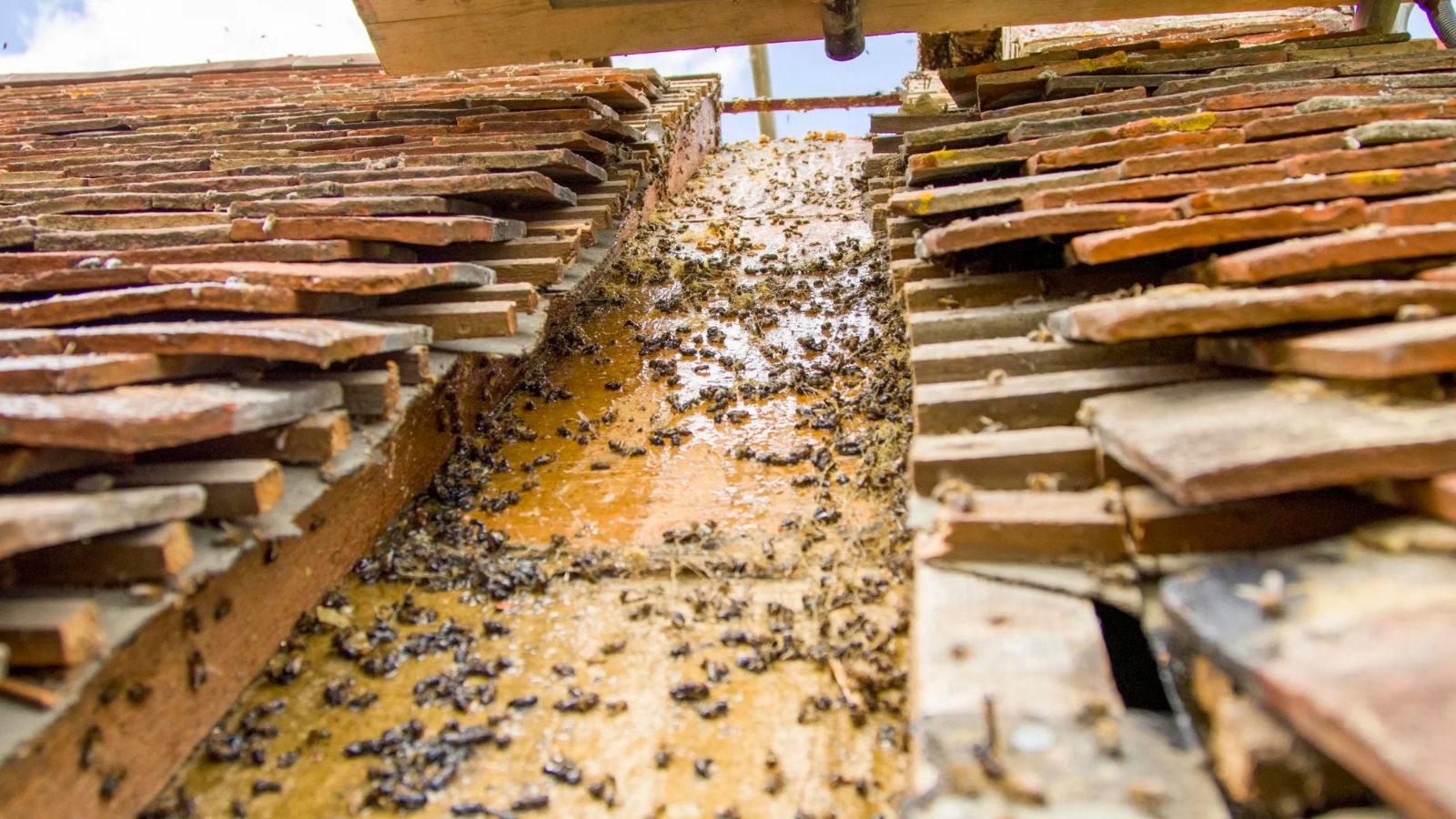
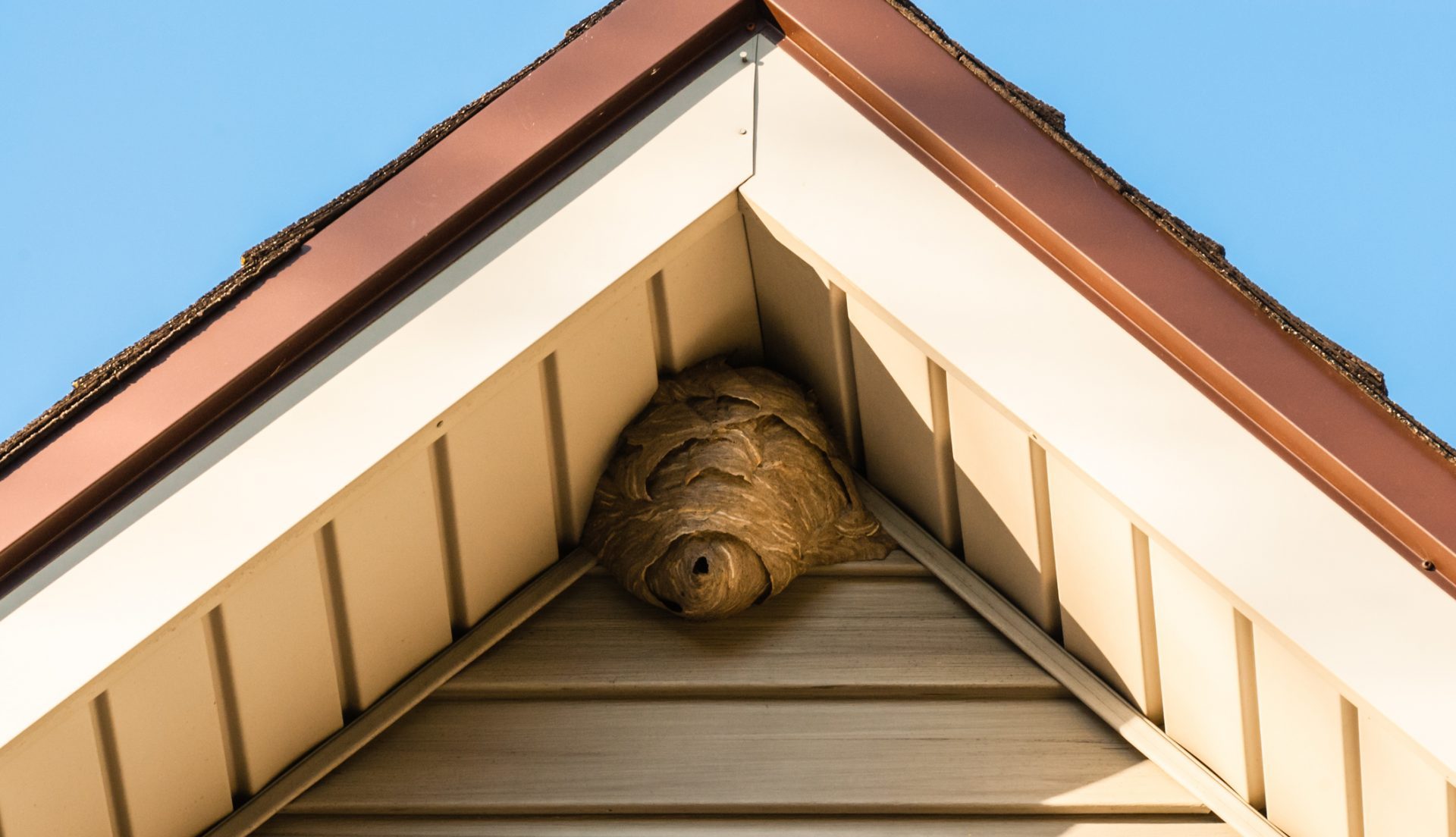








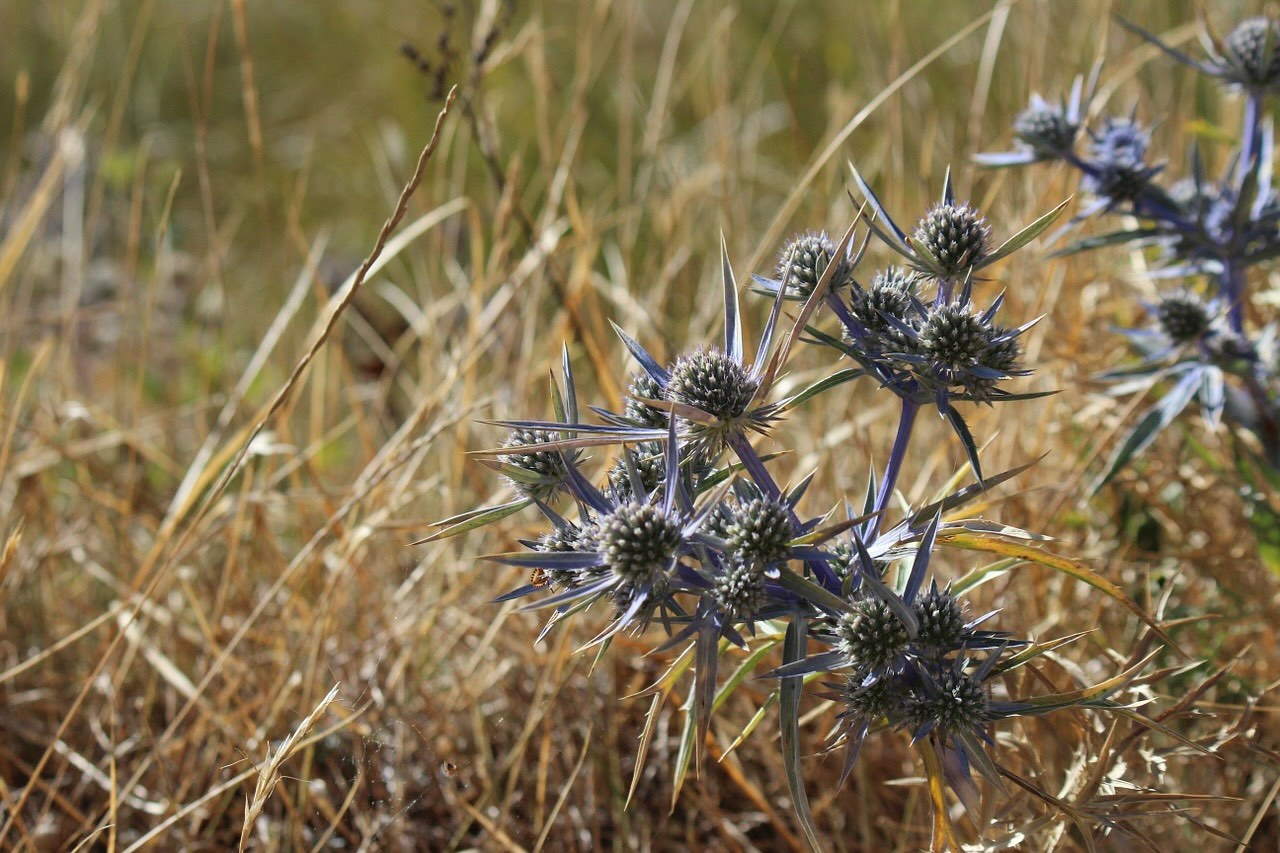



0 thoughts on “How To Get Rid Of Bees In The Grass”